The announcement of upgraded MacBooks at WWDC 2017 was a bit of surprise, considering that Apple had only introduced the MacBook Pro with Touch Bar about 7 months before. The announcement was welcomed by many, as it brought the Pro laptop up to a newer Intel processor architecture (“Kaby Lake” instead of “Skylake”), bumped up the CPU speeds and improved the integrated graphics processors available on the laptops. Today we’ll take a short hands-on look at the 2017 13-inch MacBook Pro with Touch Bar (Model MPXV2LL/A) and (unofficially) compare the device with its 2016 predecessor.
Specifications
The model tested was the 13-inch MacBook Pro with Touch Bar (3.1 GHz dual-core Intel Core i5 Kaby Lake (7267U), up to 3.5 GHz Turbo Boost, 4 MB L3 cache) with 8GB of RAM and 256GB of SSD storage. As with the previous version, this device has no power button; it turns on when the screen is lifted. If you love the Mac startup chime, of course you’ll miss hearing it on these MacBook Pros as it has been disabled by default.
![]() The Retina display is bright and beautiful at 13.3”, 2,560 × 1,600 (16:10) resolution, 227 ppi with Wide color (P3) gamut, and 500 nits of brightness. The keyboard is backlit and highlighted by the existence of the Touch Bar, which is a multi-touch OLED display that replaces the usual function keys. That Touch Bar also includes a sapphire-covered Touch ID space on the far right side for biometric authentication.
The Retina display is bright and beautiful at 13.3”, 2,560 × 1,600 (16:10) resolution, 227 ppi with Wide color (P3) gamut, and 500 nits of brightness. The keyboard is backlit and highlighted by the existence of the Touch Bar, which is a multi-touch OLED display that replaces the usual function keys. That Touch Bar also includes a sapphire-covered Touch ID space on the far right side for biometric authentication.
Compared to the 2016 model at 2.9 GHz, the new Kaby Lake i5 CPU is .2 GHz faster — not a whole heck of a lot, but the redesigned architecture and slight speed boost definitely result in better performance as you’ll see in the benchmarks below.
As with the previous model, the dimensions are 11.97 in (30.41 cm) wide × 8.36 in (21.24 cm) deep × 0.59 in (1.49 cm) high, and the weight is just 3.02 lbs (1.37 kg). Battery life is estimated at 10 hours — I haven’t been able to verify that, but I do go for several days of sporadic usage without needing to plug in.
Finally, the 13-inch MacBook Pro with Touch Bar comes with four Thunderbolt 3/USB-C ports. The left-hand ports are used for full performance on driving monitors, supporting a pair of 4096 x 2304 displays or a single 5120 x 2880 MST display. Any one of the Thunderbolt 3 ports can be used for powering the device from the included adapter.
User Experience
I’ve been without a laptop for two years, hoping that I could use a 12.9-inch iPad Pro with a Smart Connector keyboard as a MacBook replacement. But even with the expected multitasking improvements in iOS 11 and a smaller, more portable device (the 10.5-inch model), I found that there were just too many limitations and workarounds that slowed down my daily workflow. The result? I finally gave in and bought a MacBook Pro.
I’m amazed with how thin this laptop is; it’s thinner than the 13-inch MacBook Air (at .68 in at its thickest point) and just .06 lbs (27 grams) heavier. Having not used the previous generation MacBook Pro with Touch Bar, I’m finding that UI element to be much more than just a gimmick. The number of apps that are using the Touch Bar keeps growing; Apple recently highlighted a list of apps that have been updated to use the Touch Bar and it includes such apps as Spark, Reeder, Affinity Photo, Ulysses, Pixelmator, and even 1Password in addition to the standard Apple productivity apps.
Sure, it’s a new machine so it hasn’t had time to fill up with the usual digital detritus, but it seems lightning-quick in terms of everything from boot time to opening apps. The display? Well, it’s certainly not a 5K Retina display, but for a laptop it is stunning. Like many Apple products, this is not a cheap laptop at $1,799. However, it feels solid, looks flawless, and performs well. For any person who needs a powerful laptop but doesn’t need the top-0f-the-line 15-inch model, this MacBook Pro should keep him or her productive for years.
Benchmarks
As usual, I ran the time-tested Geekbench 4 app on the 13-inch MacBook Pro with Touch Bar, grabbing both single and multi-core scores for the CPU as well as compute results. The bottom line for this round of testing? The new model is about 8 – 16% faster than its predecessor in CPU results, but only showing a compute result about 4% higher.
CPU: All scores show 2017 13-inch MBP / 2016 13-inch MBP (higher is better)
• Single-Core Score: 4370 / 3946 (8.2% higher for the 2017 model)
• Crypto Score: 2945 / 2642
• Integer Score: 4429 / 4081
• Floating Point Score: 4579 / 4171
• Memory Score: 4283 / 3629
• Multi-Core Score: 9252 / 7941 (16.5% higher for the 2017 model)
• Crypto Score: 9756 / 8212
• Integer Score: 10433 / 8647
• Floating Point Score: 10345 / 8834
• Memory Score: 4828 / 4949
Compute: All scores show 2017 13-inch MBP / 2016 13-inch MBP
(2017 uses Intel Iris Graphics 650 / 2016 uses Intel Iris Graphics 550)
• Open CL Score: 30288 / 29123 (4% higher for the 2017 model)
Conclusion
While the 2017 model doesn’t provide a drastic leap in performance over the model released just 7 months before, the improvement in speed is solid and noticeable over the 2016 equivalent model. For those who don’t need or want the Touch Bar and can do without four Thunderbolt 3 ports, the 2.3 GHz models (Turbo Boost to 3.5 GHz) are available for as little as $1,299 (128 GB storage).
2017 MacBook & MacBook Pro Upgrades and Storage Solutions
MacSales.com is home to the best selection of Thunderbolt 3 and USB-C gear, external storage, and accessories to help you get the most from your 2017 MacBook orMacBook Pro.
Get the most out of your Mac with MacSales.com’s convenient My Upgrades tool!
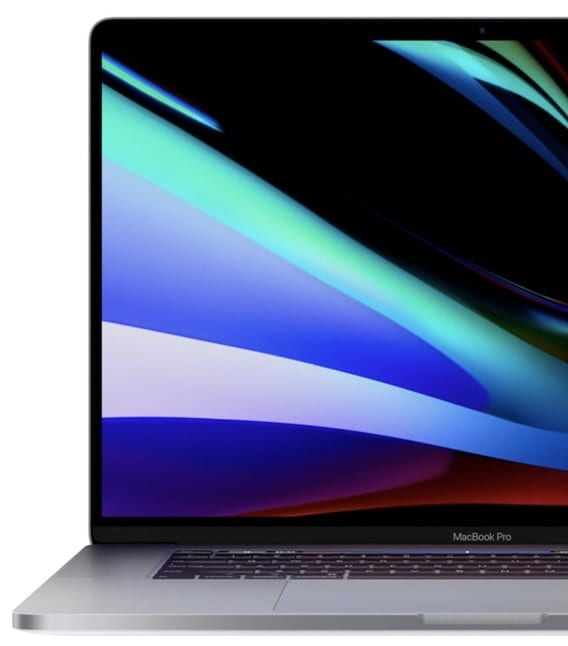
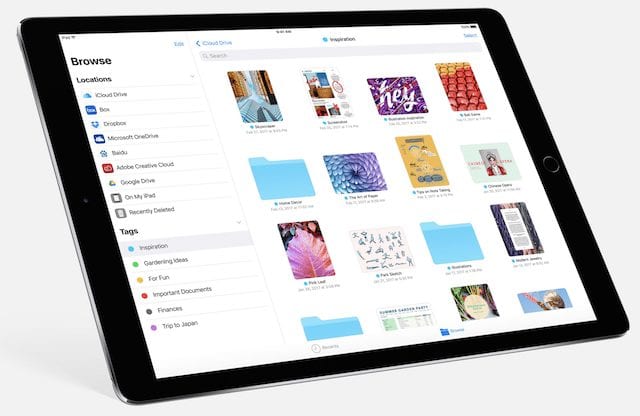
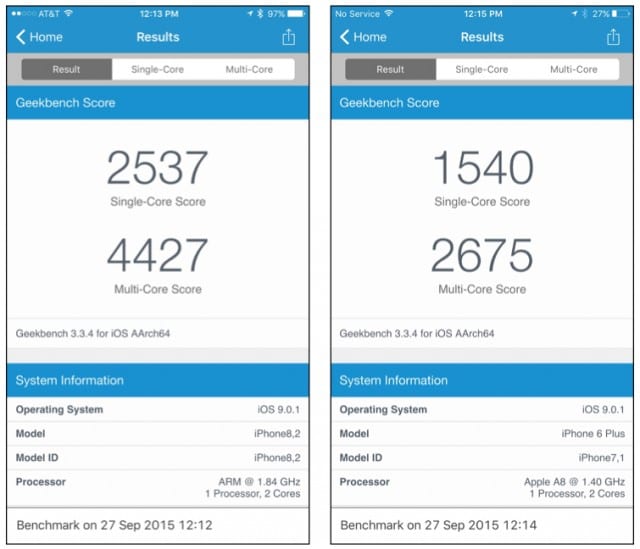
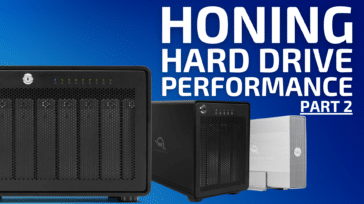
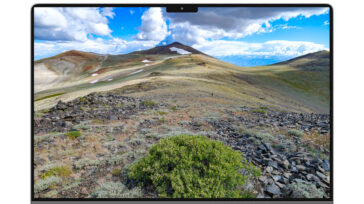

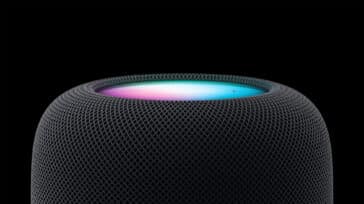


What would a Dell laptop with the same specs cost ? I know there will be some differences in construction, but relatively equal performance.
Soldered RAM and SSD inside? Is it possible to use RAM from other sources and the amazing gold standard Samsung 960 Pro as SSD?